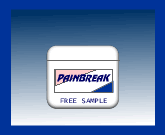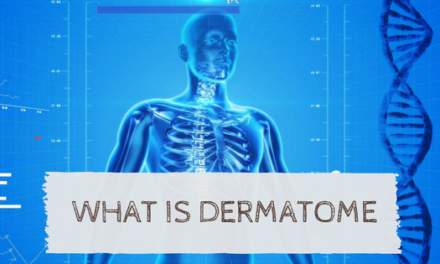Heat and Cold Therapy for PHN
Post Herpetic Neuralgia Treatment Series
One of Many Pain Management Techniques
Heat
Heating the body in the specific area of pain may provide relief by allowing the muscles to relax. Blood flow will increase as the temperature increases thereby speeding the healing process by increasing oxygen and nutrients to the effected area.
Pain from arthritis, backaches, and other disorders of the joints often respond to the application of heat. Most drug stores offer heating products ranging from heating pads to heat-producing gels, etc. Hot showers and hot towels are simple ways to apply heat. You will know if the heat is applied properly by the corresponding change in pain.
For sports injuries, most doctors suggest cold be used for the first 24-36 hours, then the patients should alternate between heat and cold.
With chronic neuralgia, some people report good relief with heat while others report good relief with cold. Cold has the benefit of slowing the firing of the nerve endings to lessen the perception of pain.
Alternating between heat and cold may have the benefit of slowing down the nerve endings yet providing increased oxygen flow. It may seem like a paradox, but it is something that can be tried without much risk of unwanted side effects.
Cold
Slowing down the nerve endings by using cold seems to provide invaluable relief for those suffering from neuralgia especially during times of a flare-up. When traveling or otherwise away from home, think about using Popsicles or a Slurpie (at Seven-Eleven) to apply cold. Of course, ice cubes can be used but avoid further impacting the pain by using a thin towel or cloth napkin. Empty ice bags can be carried conveniently and then filled with ice cubes whenever a pain episode strikes. It is not necessary to keep the ice pack on for more than 20 minutes at a time. Try applying the ice for a 20 minute period and then remove it for 10-15 minutes before reapplying.
Alternating Heat and Cold
In some cases, alternating hot and cold therapy has the best outcome. Some neuralgia patients have reported that alternating hot and cold packs work best, so you should experiment to determine what works best for you. If several treatments with one type of therapy do not work, try using the opposite therapy.
Creams and Ointments
Over-the-counter treatments are readily available in the form of creams and ointments. Capsaisin creams create the sensation of heat. Many drug stores carry capsaisin creams.
Ben-Gay and Icy Hot are well known to athletes in need of first aid, however, these products are also staples for some neuralgians. Other products create the sensation of cold, for example, Bio-Freeze is a popular roll-on product containing 3.5% menthol and 0.2% camphor. Menthol acts by changing the way the nerves fire in painful situations. Bio-Freeze is available in health food stores, from chiropractors, and massage therapists. Golfers have been known to carry Bio-Freeze in the event of a wrist injury.
Another topical analgesic that many neuropathic pain sufferers find very helpful is PainBreak®.
Request a free sample of Painbreak®, the topical analgesic that is bringing relief to thousands of postherpetic neuralgia sufferers.

Yes, thousands are getting relief who thought they never could…
now it’s your turn!
Note: as with all medications or therapeutic devices, caution should be used. Follow the manufacturer’s recommendations.





